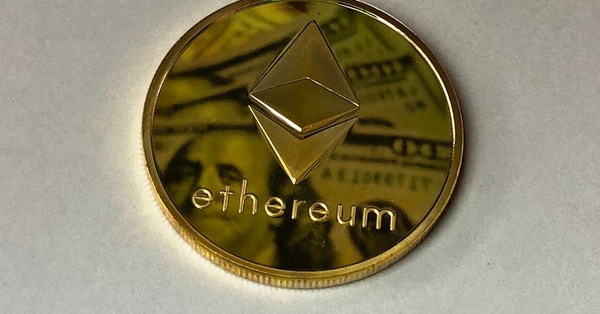Could Solana's Value Soar with Institutional Adoption?
What if Wall Street embraced Solana instead of Ethereum? Explore the implications of this shift in blockchain adoption.
For a considerable time, the prevailing notion within both the cryptocurrency realm and the traditional finance sector was straightforward: once institutional adoption reached maturity, Ethereum would emerge as the blockchain of choice for Wall Street.
This expectation is not surprising, given that Ethereum holds the title of the largest smart-contract network, serving as the default platform for developers and playing a pivotal role in shaping the current landscape of programmable finance.
However, as the momentum behind institutional tokenization efforts gains speed, a new and intriguing question has surfaced: could the blockchain that institutions ultimately depend on be Solana instead of Ethereum?
This scenario remains largely theoretical, yet the fact that it is being discussed highlights a significant shift in the evaluation of market infrastructure.

Initially, Solana's reputation was primarily built on retail speculation. Its low transaction fees, high throughput, and user-friendly deployment attracted a wave of memecoins, rapid trading, and experimental retail applications. For a significant portion of its existence, this chaotic atmosphere has characterized the network's identity.
However, the very traits that sparked its speculative frenzy—including sub-second transaction finality, minimal fees, and a robust runtime—are now being reinterpreted as essential elements for institutional-grade settlement.
According to data from Solscan, Solana can handle over 3,000 transactions per second at an average cost of just half a cent. In stark contrast, Ethereum is limited at its base layer, utilizing rollups to enhance throughput and manage expenses.
This impressive performance has captured the attention of analysts who are exploring the intersection of blockchain technology and traditional capital markets.
Bitwise’s Chief Investment Officer, Matt Hougan, recently characterized Solana as "the new Wall Street," suggesting that its low-latency execution model aligns more closely with institutional workflows compared to general-purpose alternatives.
In parallel, stablecoin issuers and tokenization firms have further bolstered this narrative by developing increasingly sophisticated products on the Solana network.

Nevertheless, Solana's ambitions currently exceed its actual performance.
At present, the blockchain network averages approximately 284 “trades” per second in terms of user-initiated transactions, which is substantially below its advertised capabilities.
By comparison, Nasdaq executes around 2,920 trades per second and handles approximately $463 billion in daily trading volume, whereas Solana's trading volume is about $6 billion.
Tags:
Related Posts
Your First WordPress Website: A Beginner's Guide
Ready to launch your first website? Join me on a journey to create your own WordPress site and share your passions online—no tech skills needed!
Riding the Wave: Social Media Trends to Watch in 2024
Curious about the latest social media trends? Discover how to navigate 2024's changing landscape and elevate your marketing strategy with fresh insights!
Surfing the Latest Social Media Trends for 2023
Curious about how social media is changing? Discover the hottest trends of 2023 that can help your brand engage better and thrive online!
10 Game-Changing Time Management Tips for Remote Workers
Struggling to balance work and home life? Discover 10 essential tips to master time management and boost your productivity while working remotely.
Ready to Start Your Podcast? Here’s Your Step-by-Step Guide!
Ever dreamt of launching your own podcast? Join me as I walk you through the exciting journey of creating your first show, step by step!
Unlock Your Teaching Potential: Create Engaging Online Courses
Dive into our ultimate guide to crafting online courses that captivate and educate. Whether you're a pro or a newbie, we've got tips that work!